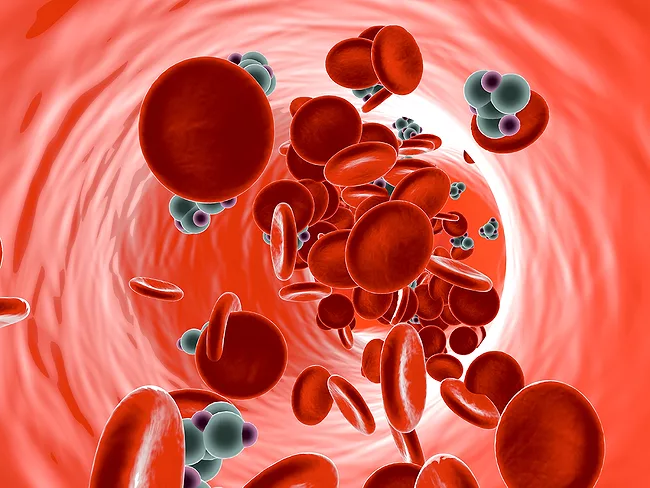
BioWorld Science, Endocrine/metabolic
Drug design, drug delivery & technologies
Alltrna advances tRNA-based strategy for stop codon diseases
Read MoreEndocrine/metabolic
Meta Pharmaceutical and Moyuan Pharmaceuticals divulge new LDHA inhibitors
Read MoreEndocrine/metabolic







